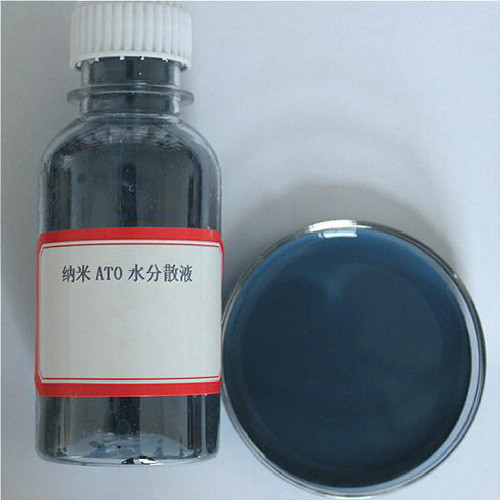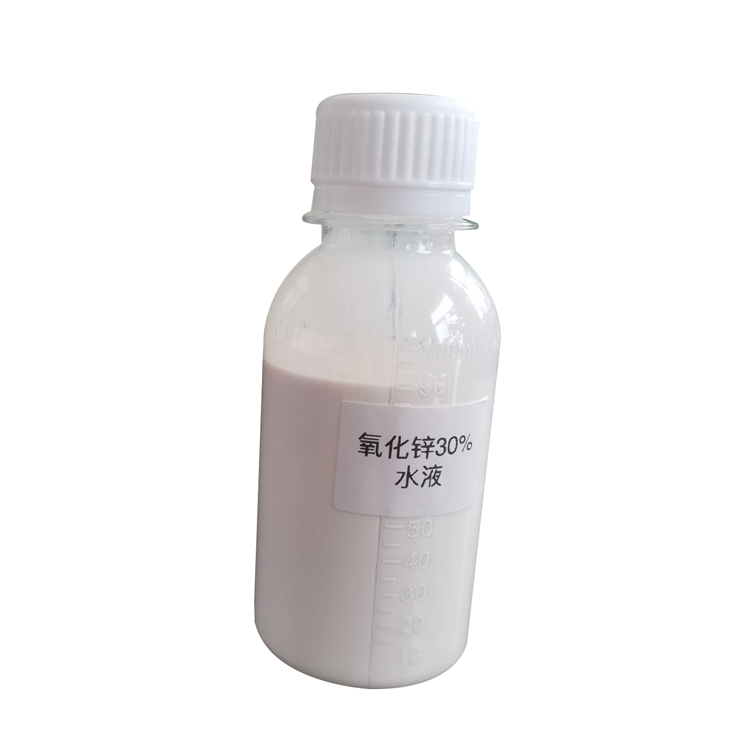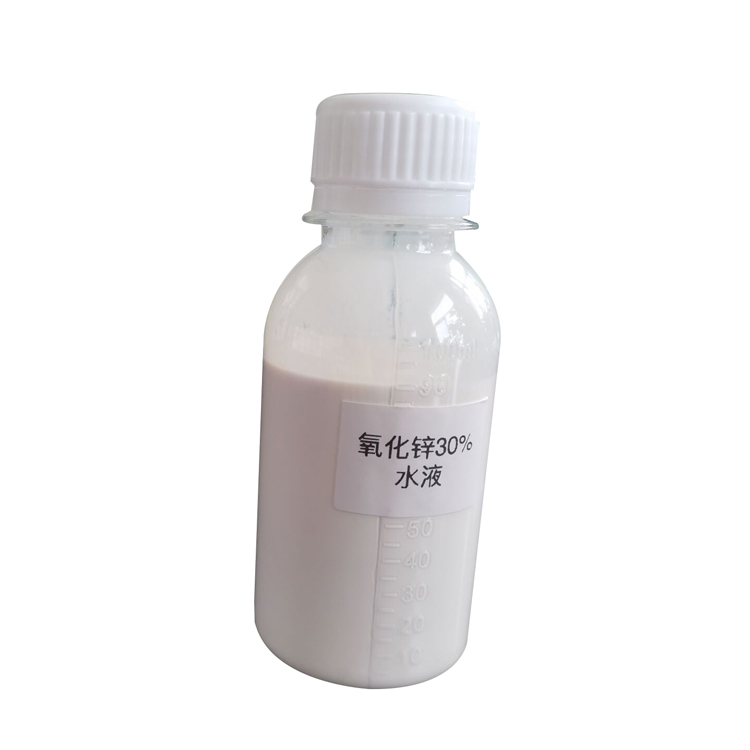Introduction:
Alpha and Gamma alumina are two of the most widely used types of alumina in various industrial applications. Though both types are derived from the same raw material, they differ in terms of properties, structures, and behaviour, making them suitable for distinct applications. In this blog post, we will explore the differences between alpha and gamma alumina and how these differences impact their functionality.
What is Alpha Alumina?
Alpha alumina, also known as alpha-Al2O3, is a crystalline form of aluminum oxide. It is derived from bauxite, an ore of aluminum. Alpha alumina is the most thermodynamically stable form of alumina, containing densely packed layers of ions that make it extremely hard, strong, and resistant to chemical corrosion. Alpha alumina has a hexagonal crystalline structure, giving it the characteristic of being anisotropic.
What is Gamma Alumina?
Gamma alumina, also known as gamma-Al2O3, is a metastable form of aluminum oxide. It is formed by heating alpha alumina at high temperatures to induce significant structure changes. Gamma alumina has a highly porous and disordered structure, making it a popular choice for catalyst supports, adsorbents, and chromatographic separation media.
Differences between Alpha Alumina and Gamma Alumina:
1. Crystalline Structure: As mentioned earlier, alpha alumina has a hexagonal crystalline structure, while gamma alumina has a highly disordered and porous structure. The difference in crystal structure affects their mechanical and chemical properties, where alpha alumina exhibits excellent strength and toughness, while gamma alumina has high surface area and reactivity.
2. Thermal Stability: Alpha alumina has higher thermal stability, which makes it an ideal choice for high-temperature applications. In contrast, gamma alumina has a lower thermal stability; therefore, it is unsuited for high-temperature applications.
3. Applications: Due to their distinct properties, alpha and gamma alumina have different applications. Alpha alumina is commonly used in electrical insulators, cutting tools, wear-resistant parts, and high-temperature furnace linings. On the other hand, gamma alumina is used as a catalyst support, adsorbent, and chromatographic separation media, making it an essential material in the pharmaceutical and chemical industries.
Conclusion:
Alpha alumina and gamma alumina have striking differences in terms of crystal structure, thermal stability, and application. Alpha alumina is known for its hardness, strength, and resistance to corrosion, while gamma alumina is preferred for its high surface area and reactivity. Understanding these differences can help in selecting the right type of alumina for a particular application.
SAT NANO can supply high purity alpha alumina and gamma alumina 30nm, 100nm, if you have any enquiry, please feel free to contact us at sales03@satnano.com

























